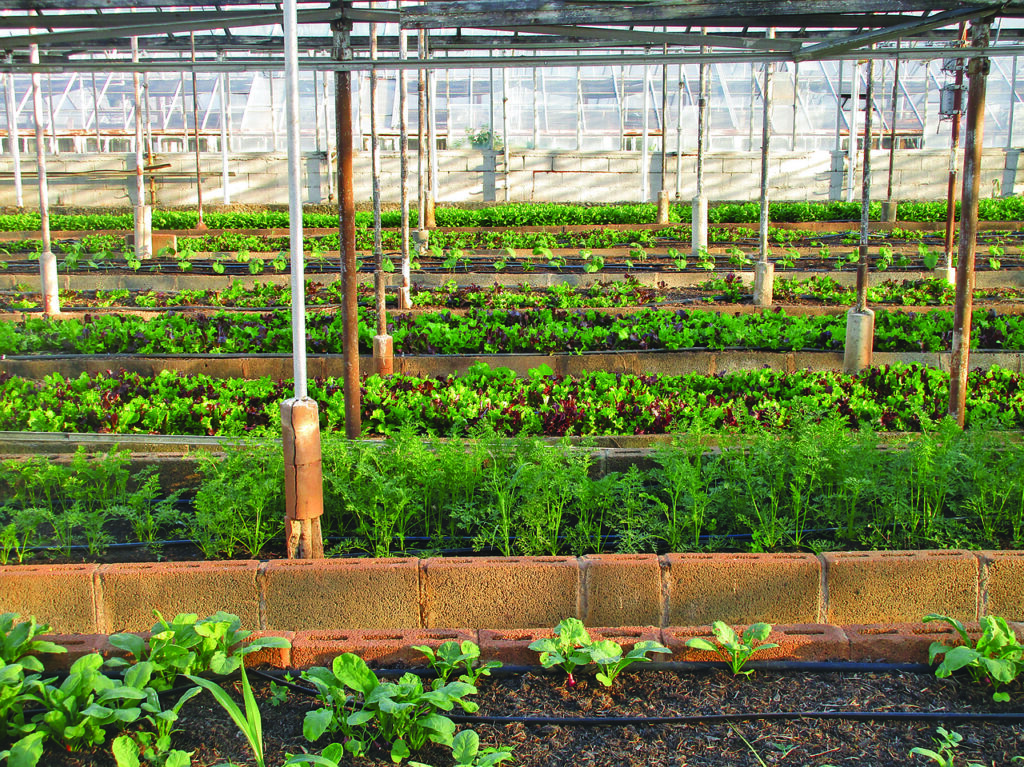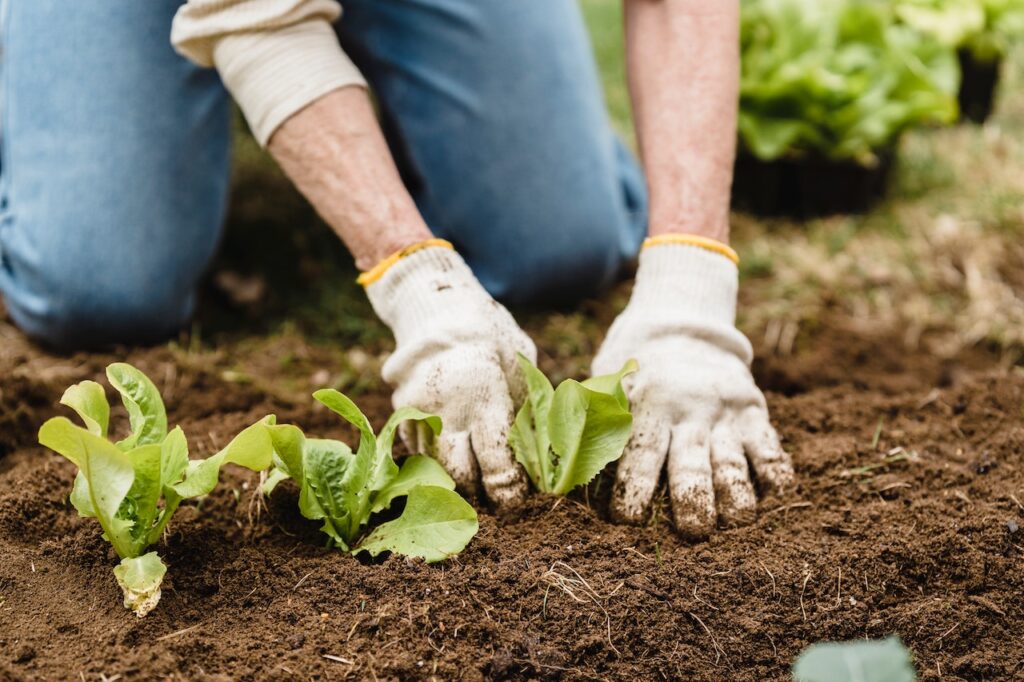Regenerative Agriculture: The Best Approach to Farming
Agriculture has been a significant part of human civilization for thousands of years, providing us with food, clothing, and other essential resources. However, traditional farming methods often come with negative environmental impacts, such as soil erosion, chemical pollution, and the degradation of wildlife habitats. Fortunately, there is a growing movement towards a more sustainable approach to agriculture known as regenerative agriculture.

What is Regenerative Agriculture?
Regenerative agriculture emphasizes the interconnection of farming systems and the ecological system as a whole. It focuses on restoring and improving soil and ecosystem health, addressing inequity, and leaving the land in better shape for future generations.
While there is no strict rule book, regenerative agriculture involves specific practices that vary from grower to grower and region to region. It is about nourishing people and the earth by farming and ranching in harmony with nature.
How Regenerative Agriculture Differs from Traditional Practices
Regenerative agriculture focuses on replenishing and restoring the land, rather than simply maintaining it. It aims to improve soil health, promote biodiversity, and preserve natural resources. Traditional practices prioritize high yields and productivity, often at the expense of the environment and long-term sustainability.
Secondly, regenerative agriculture employs techniques such as cover cropping, rotational grazing, and minimal tillage, which help improve soil quality and reduce erosion. Traditional practices, on the other hand, often rely heavily on chemical inputs and monoculture farming methods.

The Importance of Regenerative Agriculture
Regenerative agriculture is not just a buzzword in the farming industry, but a crucial solution to address some of the most pressing challenges we face today. By prioritizing soil health, biodiversity, and sustainable farming practices, regenerative agriculture offers a way to reverse climate change, restore degraded lands, and improve the quality of our food supply.
With the growing threats of soil degradation, diminishing nutrition, and loss of important trace minerals, regenerative agriculture is essential for our future survival. It holds the key to feeding the world, mitigating climate change, and fostering healthier communities and economies.
The Benefits of Regenerative Agriculture
Regenerative agriculture offers numerous benefits to both farmers and the environment. By improving soil health and fertility, regenerative practices lead to increased farm productivity and higher crop yields. This, in turn, can result in better financial outcomes for farmers. Additionally, regenerative agriculture produces nutrient-dense foods that are free from chemical contaminants, promoting healthier diets for consumers.
These practices also enhance water retention and filtration, making farms and communities more resilient to drought and floods, while reducing erosion and polluted runoff. Moreover, regenerative agriculture helps capture substantial amounts of carbon from the air and store it in the soil, making it an effective strategy for mitigating the effects of climate change.

How Regenerative Agriculture Produces Healthier Food
By protecting the soil from erosion and increasing soil biodiversity through measures like cover cropping, regenerative agriculture creates an environment that enhances nutrient uptake in crops. This results in higher nutritional content in food, as evidenced by a study conducted by the University of Washington.
Additionally, regeneratively raised livestock, such as beef and pork, have been found to contain higher levels of omega-3 fatty acids compared to conventionally grown meat. These findings highlight the potential of regenerative agriculture in producing healthier and more nutritious food for
Case Studies of Regenerative Agriculture Practices
Regenerative agriculture practices have been successfully implemented in various case studies around the world, demonstrating their effectiveness. General Mills, a US-based food company, has committed to deploying regenerative agriculture methods across one million acres of farmland by 2030. They have launched pilot programs to observe the benefits of regenerative farming and offer support and resources to farmers.
Other examples include Bec-Hellouin in France, a farm that embraces permaculture principles, and Balbo Group in Brazil, which has achieved higher productivity and environmental sustainability through regenerative practices. These case studies highlight the potential of regenerative agriculture in improving soil health, biodiversity, and overall farm sustainability.

How to Get Involved
If you’re interested in getting involved in regenerative agriculture, there are a few steps you can take. First, consider gaining some hands-on experience by working on a farm or getting involved in farming activities. This will give you valuable insight into the day-to-day aspects of regenerative agriculture.
Additionally, you can seek out courses or training programs that focus on regenerative agriculture principles and practices. This will help deepen your knowledge and understanding of the field.
Finally, consider connecting with organizations or communities that promote regenerative agriculture. This will provide you with a network of like-minded individuals who can offer support and guidance on your journey towards practicing regenerative agriculture.
The Bottom Line
By practicing regenerative agriculture, you can contribute to the health of the soil, ecosystem, and local community. Start making a positive impact today and implement regenerative practices on your own land or in your garden.
From Garden to Table and Table to Garden
We have what you need to start growing your own food indoors or outdoors, as well as turning your food scraps into your own organic fertilizer.







